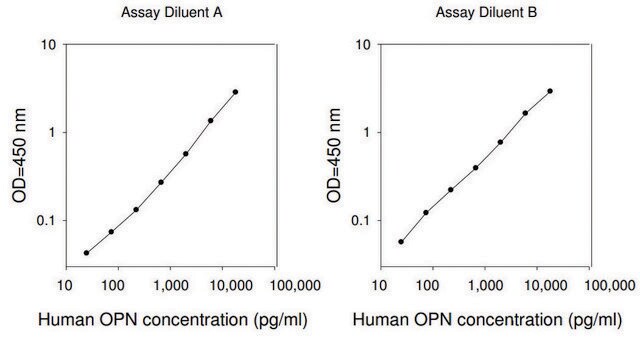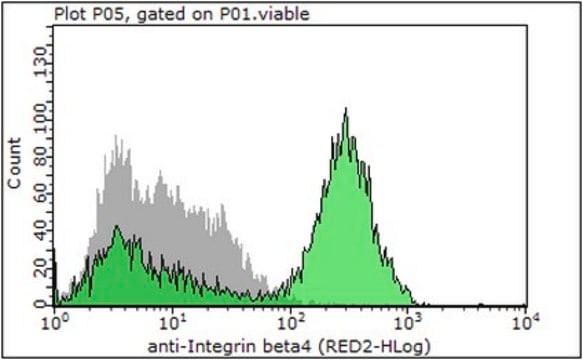05-449-C
Anti-Bin1, clone 99D (Ascites Free) Antibody
clone 99D, 1 mg/mL, from mouse
Synonim(y):
Myc box-dependent-interacting protein 1, Amphiphysin II, Amphiphysin-like protein, Box-dependent myc-interacting protein 1, Bridging integrator 1, Bin1
About This Item
Polecane produkty
pochodzenie biologiczne
mouse
Poziom jakości
forma przeciwciała
purified antibody
rodzaj przeciwciała
primary antibodies
klon
99D, monoclonal
reaktywność gatunkowa
mouse, chicken, human
stężenie
1 mg/mL
metody
flow cytometry: suitable
immunofluorescence: suitable
immunohistochemistry: suitable
immunoprecipitation (IP): suitable
western blot: suitable
izotyp
IgG2bκ
numer dostępu NCBI
numer dostępu UniProt
Warunki transportu
wet ice
docelowa modyfikacja potranslacyjna
unmodified
informacje o genach
chicken ... Bin1(424228)
human ... BIN1(274)
mouse ... Bin1(30948)
Powiązane kategorie
Opis ogólny
Immunogen
Zastosowanie
Western Blotting Analysis: A representative lot detected Bin1 in primary chicken embryo fibroblasts (Telfer, J.F., et al. (2005). Cellular Signalling. 17:701-8).
Immunoprecipitation Analysis: A representative lot immunoprecipitated Bin1 in C2C12 cell lysate (Wechsler-Reya, R., et al. (1997). Cancer Res. 57:3258-63).
Western Blotting Analysis: A representative lot detected Bin1 in human and rodent cell lines (Wechsler-Reya, R., et al. (1997). Cancer Res. 57:3258-63).
Immunoprecipitation Analysis: A representative lot immunoprecipitated Bin1 in co-immunoprecipitation studies (Sakamuro, D., et al. (1996). Nat. Genet. 14:69-77).
Immunohistochemistry Analysis: A representative lot detected Bin1 in breast and liver carcinoma tissues (Sakamuro, D., et al. (1996). Nat. Genet. 14:69-77).
Immunoprecipitation Analysis: A representative lot immunoprecipitated Bin1 in C2C12 cell lysate (Wechsler-Reya, R. J., et al. (1998). Mol Cell Biol. 18:566-75).
Western Blotting Analysis: A representative lot detected Bin1 in C2C12 cell lysate (Wechsler-Reya, R. J., et al. (1998). Mol Cell Biol. 18:566-75).
Flow Cytometry Analysis: A representative lot detected Bin1 in C2C12 cell lysate (Wechsler-Reya, R. J., et al. (1998). Mol Cell Biol. 18:566-75).
Immunofluorescence Analysis: A representative lot detected Bin1 in C2C12 cells (Wechsler-Reya, R. J., et al. (1998). Mol Cell Biol. 18:566-75).
Apoptosis & Cancer
Apoptosis - Additional
Jakość
Western Blotting Analysis: 1.0 µg/mL of this antibody detected Bin1 in 10 µg of human skeletal muscle tissue lysate.
Opis wartości docelowych
Postać fizyczna
Przechowywanie i stabilność
Oświadczenie o zrzeczeniu się odpowiedzialności
Not finding the right product?
Try our Narzędzie selektora produktów.
polecane
Kod klasy składowania
12 - Non Combustible Liquids
Klasa zagrożenia wodnego (WGK)
WGK 1
Temperatura zapłonu (°F)
Not applicable
Temperatura zapłonu (°C)
Not applicable
Certyfikaty analizy (CoA)
Poszukaj Certyfikaty analizy (CoA), wpisując numer partii/serii produktów. Numery serii i partii można znaleźć na etykiecie produktu po słowach „seria” lub „partia”.
Masz już ten produkt?
Dokumenty związane z niedawno zakupionymi produktami zostały zamieszczone w Bibliotece dokumentów.
Nasz zespół naukowców ma doświadczenie we wszystkich obszarach badań, w tym w naukach przyrodniczych, materiałoznawstwie, syntezie chemicznej, chromatografii, analityce i wielu innych dziedzinach.
Skontaktuj się z zespołem ds. pomocy technicznej








